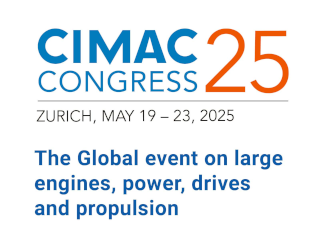Tonnage availability in the boxship charter market has gone up but hire rates
remain firm so far.
With the peak shipping season drawing to a close in the fourth quarter and liner operators adjusting their route capacities[ds_preview], demand for charter tonnage usually starts to wane. That is what you would normally assume to happen. But 2019 is by no means a »normal« year. The pattern of charter rates has been pretty extraordinary, with the market posting significant gains during the summer holidays – usually a quiet period that sees earlier gains eroded. The strength has carried over into autumn, with fixing levels roughly trending sideways over the past four weeks. This is despite an increase in blank sailings (cancellations) by liner operators around and after the Golden Week national holiday in China when cargo loading activity drops.
As a result, there has been some increase in spot tonnage supply mainly in the 5,500-7,500TEU post-panamax, the conventional panamax and some of the feeder size classes. Yet, chartering activity remains relatively brisk to date, according to shipbrokers. There has only been a slight weakening in rates in the 5,500-6,000TEU segment, as illustrated by the fixture of a CSBC-II-type (6,000TEU) at low $ 20,000’s for a short period in Asia, down from 21,000$/day concluded on a sister ship back in September.
Conventional panamaxes also faced a bit of pressure in late September and early October as more spot/prompt ships emerged. Fixing levels deteoriorated to low/mid 13,000’s $/day, but only for a short while. Indeed the downward correction triggered another surge in demand, with around 16 units fixed or extended within a span of two weeks. As a result, rates pushed up again towards 14,000$/day for 4,200-4,400TEU vessels.
Some brokers have warned that the rise in spot tonnage is about to ebb away again soon based on the amount of ships coming off charter in the coming months. As the research desk of Howe Robinson stated: »From November onwards, near-term availability would seasonally fall anyway, but this year is proving exceptional, with open ships in the next 3-4 months reaching their lowest level since 2011.« Especially those charterers in need of larger ships might find themselves short of options, it said.
Nearly 2 % of capacity under retrofit
Even if operators were just to keep their fleet capacity unchanged and maintain the status quo, they will need extra charter tonnage to replace the growing number of vessels heading to the shipyards for installation of scrubbers. Idle fleet figures compiled by Alphaliner see the volume of tonnage undergoing retrofit work going up week after week. As per 14 October, vessels with an aggregate capacity of 436,000TEU had been temporarily out of service because of scrubber retrofits, it reported – almost 2% of all worldwide container ship capacity. »It is a true game-changer,« as one Hamburg broker observed.
This will not change anytime soon. Retrofit activity is expected to remain high well into 2020 and there may be more negative effects on fleet productivity as a result of the global sulphur cap for marine fuels as from January. Given that the new low-sulphur products are expected to be priced around 200$ higher per ton (or even 300-350$, if operators have to bunker marine gas oil…), sailing speeds may have to be reduced to save costs in certain trades, especially on backhaul trips.
Moreover, there are likely to be disruptions to vessel operations because of technical issues during the changeover or inavailability of compliant fuels in certain locations, experts have warned. All this may put a massive strain on active container shipping capacity, ultimately benefiting the charter market fleet.
Michael Hollmann



















